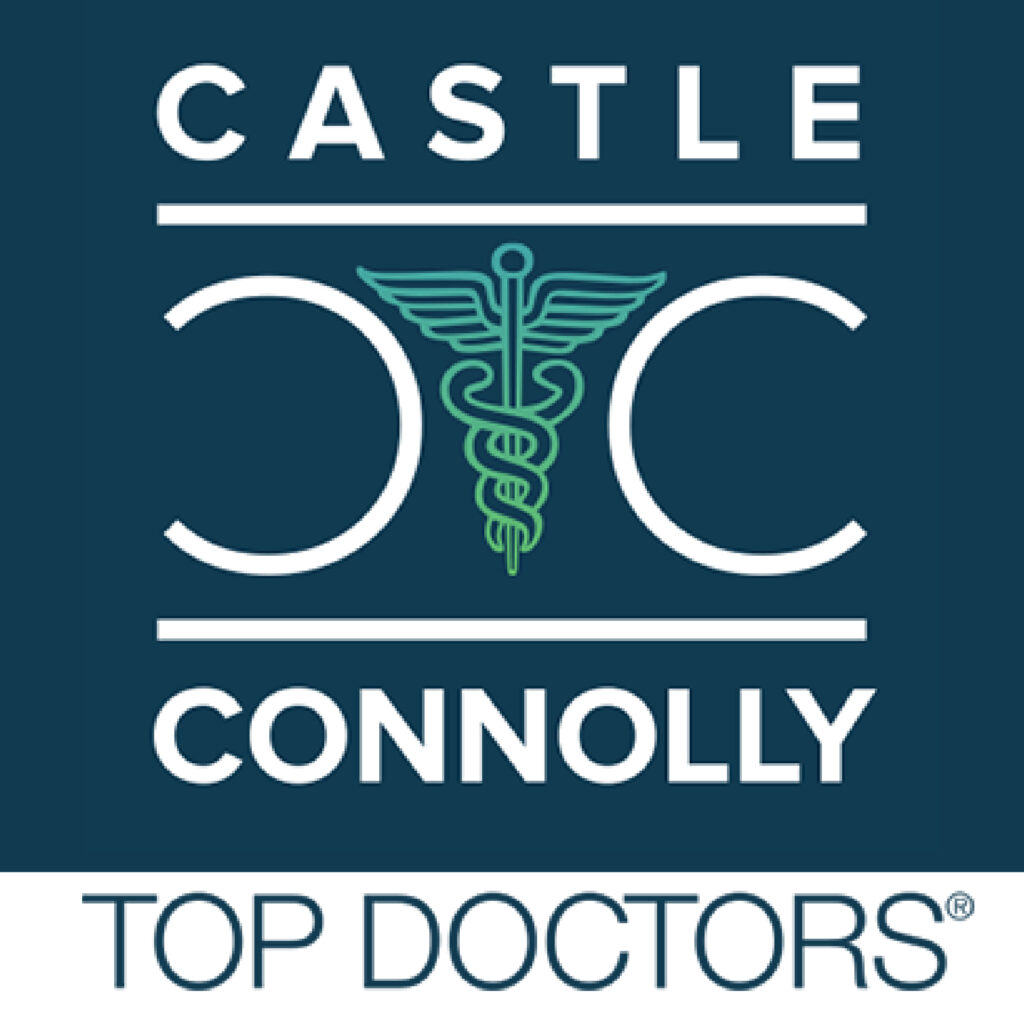Rotator Cuff Surgery
For those considering Rotator Cuff Surgery, the amount of information available may be overwhelming and often makes it difficult to to determine fact and fiction. Below, Board Certified Long Island Orthopedic Surgeon and Shoulder Specialist, Dr. Charles Ruotolo discusses 4 things that a patient with a Rotator Cuff Injury should know before considering surgery.
1. Many Rotator Cuff Tears DO NOT require surgery- The majority of rotator cuff tears will occur as a result of repetitive strain or overuse. These tears are small in nature, and in most cases can be managed non-surgically with rest, physical therapy and the occasional injection (if needed).
It is very important to consult with a surgeon to monitor the injury. Even when the non-surgical treatment has relieved pain, small tears can become larger due to overexertion or further injury.
2. Rotator Cuff Surgery Requires A Very Small Incision. – Innovative new technology now allows for Rotator Cuff Surgery to be performed through small incisions (1-3cm) in what is known as an arthroscopic approach.. With this Minimally Invasive approach, small surgical instruments and a tiny camera (arthroscope) are slipped between tissue and muscle fibers to access the rotator cuff. Once these instruments have been inserted, the surgeon will use real the video from the arthroscope, to navigate the structures of the shoulder. This is not only to ensure the procedure goes as planned, but also to be sure that there is no other damage to the joints of the shoulder. Once the procedure is completed, only small stitches and a bandage is required. This approach also exponentially reduces the recovery period as the dissection and destruction of muscle and tissue is avoided. This approach also significantly reduces scarring and minimizes blood loss during surgery.
Traditionally, surgeon had to dissect large sections of muscle, tissue and bone to access the rotator cuff. This approach increased blood loss, scarring and post-operative pain.
3. The Arthroscopic Approach Reduces Post-Surgical Pain – By utilizing the arthroscopic approach, the surgeon is able maneuver around the deltoid muscle, leaving the majority of the muscle in tact. In a more traditional surgery, a large dissection of the deltoid muscle was needed to access the rotator cuff. This large dissection significantly increased both post-operative pain and post-surgical recovery time.
4. Most patients Return Home the Same Day- Arthroscopic Rotator Cuff Repair is a procedure is done almost exclusively as an outpatient procedure, meaning that most patients will return home the same day as their procedure. Patients are evaluated after surgery and once they are comfortable, they can be discharged and are free to recuperate in the comfort of their own home.
The physicians at Total Orthopedics and Sports Medicine focus on both the surgical and non-surgical treatment of bone and joint injuries and are one of the most innovative orthopedic practices in the area. Dr. Charles Ruotolo, President of Total Orthopedics and Sports Medicine, has published several peer-reviewed studies on orthopedic care and orthopedic surgery.
Fortunately, many patients can be treated non-surgically with a combination of conservative modalities coordinated by the Total Orthopedics and Sports Medicine Team. If surgery is necessary, the practice uses a multidisciplinary approach to create a treatment plan that focuses on the patient’s lifestyle and activities and helps them get back to those activities quickly and effectively. Total Orthopedics and Sports Medicine has multiple locations in Nassau and Suffolk County, Long Island as well as Brooklyn and the Bronx.







 Website Design by
Website Design by